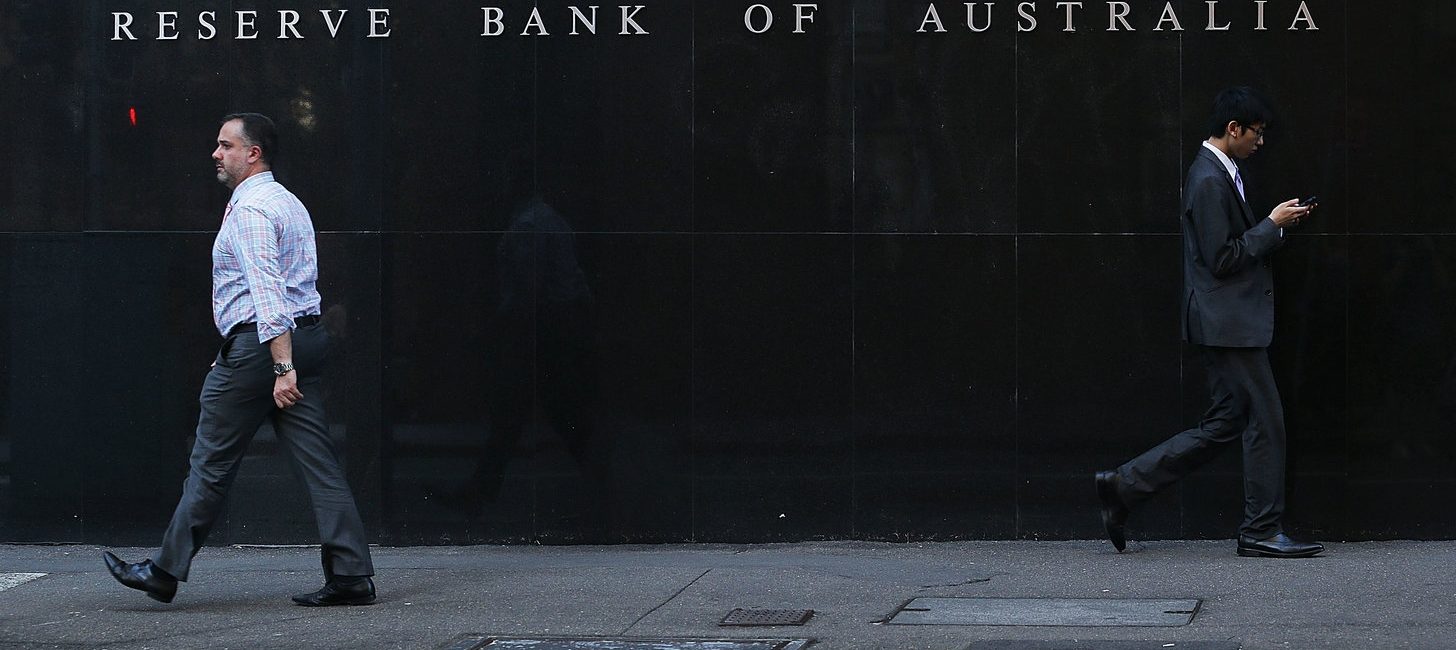RBA issues warning over banks’ retail exposure

Australia’s retail industry is undergoing a major facelift as it responds to shifts in consumer preferences, and the Reserve Bank of Australia (RBA) says that major banks have dramatically increased their exposure to retailers by funding it.
In a recent paper titled Financial Stability Risks and Retailing, RBA economists Gabriela Araujo and Timoth de Atholia said that a perfect storm of slowing consumer spending, increased competition and changing consumer preferences is forcing the hand of malls and retailers into making significant refurbishments, and that these changes are largely being funded by banks.
According to the paper, the refurbishments are a response to both the growing popularity of e-commerce and the Australian consumer’s decision to allocate a larger share of their income towards hospitality and services, relative to goods.
“One contributor to [banks’ exposures to retail properties] is the numerous refurbishments to shopping centres being undertaken to accommodate large international retailers and place a stronger emphasis on services and hospitality – differentiating shopping centres from online retailers,” the paper says.
Commercial Insights: Subscribe to receive the latest news and updates
As a result, the volume of retail property development recently rose above its historical average.
According to RBA’s paper, banks are funding the changes, with retail property lending now accounting for one quarter of banks’ total commercial property exposures, up from 18 per cent in 2008.
While the paper notes that “the major banks’ non-performing loan ratios for the retail business sector and retail commercial property remain low,” it says the level of risk “warrants close monitoring”.
The paper warns that, if the current wave of retail property development fails to satisfy changing consumer needs, it could lead to store closures or insolvencies of domestic bricks-and-mortar retailers.
“This could result in higher vacancy rates at shopping centres and make it harder for shopping centre owners to meet their debt obligations,” the paper says. “In turn, this could have implications for banks’ asset quality.”
“Additionally, department store closures could result in large vacant spaces in shopping centres.
“To the extent that these multi-floor spaces are difficult to repurpose quickly, closures may also have spillover effects on the profitability of neighbouring shops and could result in a sharp increase in vacancies.”
In addition to the major banks’ increasing exposure to brick-and-mortar retailers, the paper notes that increased competition and changing consumer preferences has dampened demand for retail floor space and caused stagnating rental growth.
“However,” it says, “landlords have largely managed to avoid vacancies by offering significant incentives in the form of rent-free periods and store fitouts”.







